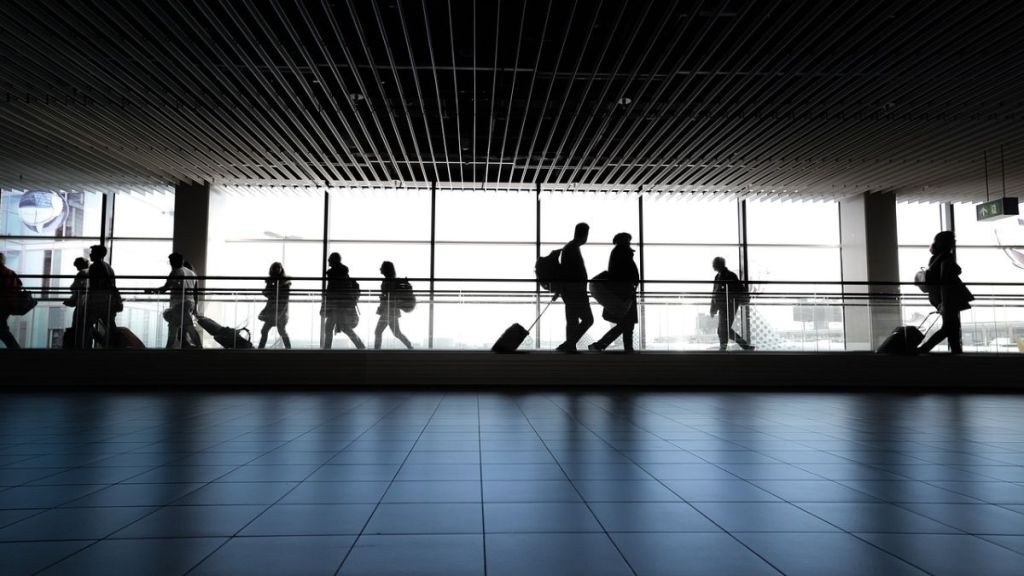The No Fly List, initiated by the Indian government and managed by the Directorate General of Civil Aviation (DGCA), identifies and bars disruptive passengers from boarding flights, either temporarily or permanently. It aims to enhance safety by addressing unruly and disruptive behavior onboard aircraft.
Passengers engaging in actions like unruly physical gestures, verbal harassment, inebriation, physical abuse, or life-threatening behavior are placed on this list. Depending on the severity of the offense, bans can range from six months to permanent exclusion from flying on the airline’s aircraft.
It may be noted that DGCA regulations apply solely to Indian carriers, meaning those on the No Fly List may still travel internationally. Following are some of the cases where Indian carriers have put passengers on the no fly list.
Incidents of flying ban by Indian airlines
Prominent incidents, such as comedian Kunal Kamra’s ban from multiple Indian airlines in 2020 following an altercation with a news anchor, underscore the implementation and impact of these regulations. In January 2020, IndiGo banned stand-up comedian Kunal Kamra from flying on its flights for a period after he allegedly heckled journalist Arnab Goswami aboard a Mumbai-Lucknow flight.
In January 2023, Air India imposed a four-month flying ban on Shankar Mishra for allegedly urinating on a female co-passenger during a New York-Delhi flight on November 26, 2022.
In July 2022, IndiGo temporarily barred Kerala ruling front LDF’s Convenor E P Jayarajan, along with two Youth Congress workers, Farzeen Majid and Naveen Kumar, following a scuffle on a flight carrying state Chief Minister Pinarayi Vijayan.
In February 2022, SpiceJet imposed a 15-day flying ban on bodybuilder Bobby Kataria for a smoking incident aboard its Dubai-Delhi flight on January 20, 2022.
What are DGCA’s rules about disruptive behaviour on flights?
In 2017, the government introduced regulations aimed at curbing unruly passenger behavior on flights, along with comprehensive guidelines for implementing a no-fly list. If an airline identifies unruly behavior from a passenger, the pilot-in-command is required to file a complaint, which undergoes investigation by an internal panel. During this investigation, the airline has the authority to impose a ban on the flyer for up to 30 days.
The committee, which must include a retired district and sessions judge as Chairman, a representative from another scheduled airline as a member, and a representative from a passengers’ or consumer association, must make a decision within 30 days. They determine the duration of the ban from flying. If the committee fails to reach a decision within the specified time, the passenger is allowed to resume flying.
What is the purpose of a no-fly list?
The purpose of the No Fly List is outlined in the DGCA’s Civil Aviation Requirements (CAR), which designate unruly behavior on planes as a punishable offense. Even though such incidents are rare, they can jeopardize flight safety and disrupt flight operations significantly.
These rules were formulated after an infamous incident involving former Shiv Sena MP Ravindra Gaikwad assaulting an Air India staffer in 2017, leading to his temporary ban from several carriers and the subsequent introduction of the No Fly List and CAR guidelines.
What are the penalties imposed on airlines and passengers?
Regarding penalties, while most instances result in bans, both airlines and passengers have occasionally faced hefty fines. For instance, in 2017, a passenger who left a false hijack threat note on a Jet Airways flight was not only placed on the No Fly List but also fined heavily.
However, a recent judicial decision overturned such penalties in a bizarre case, highlighting ongoing legal complexities surrounding aviation security and passenger conduct.

